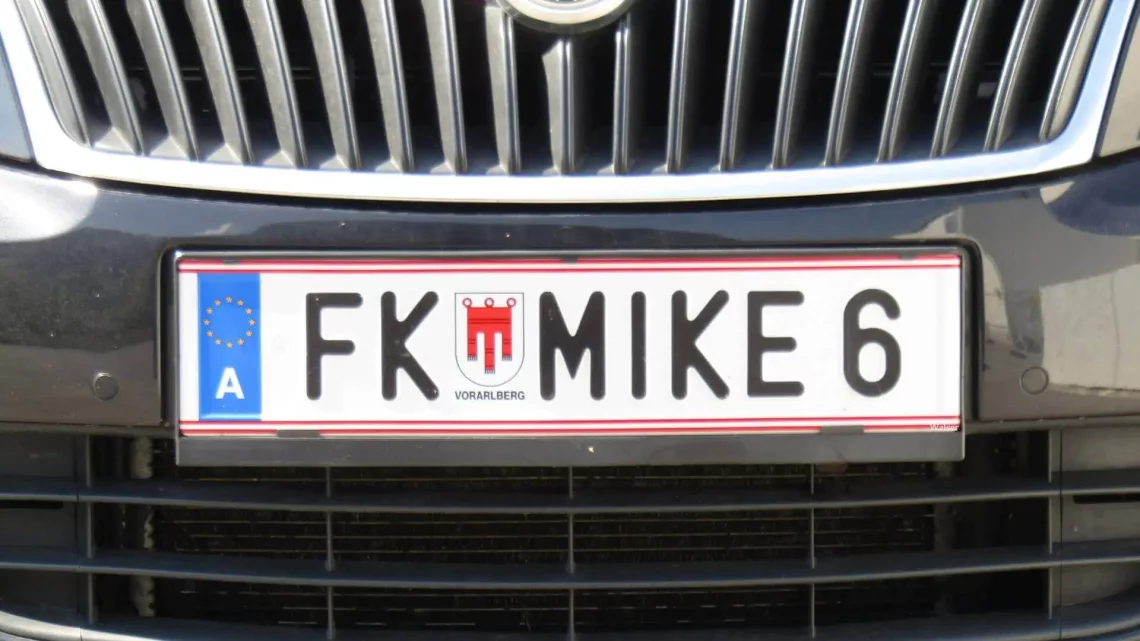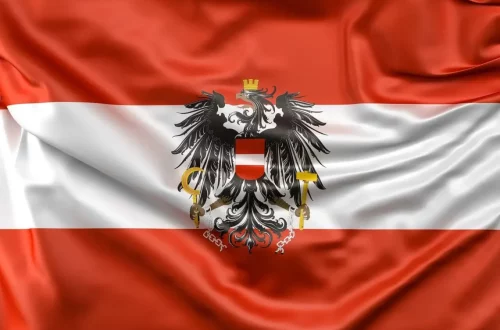
Vehicle registration, Austrian license plate 2025
The following article was written by Tamás Golubov in the Hungarians in Austria Facebook group. Join the group if you need more information about life in Austria! The group is available here: Hungarians in Austria
Note: Since the text is already in English, no translation was necessary. The block remains exactly the same.Hi there!
Recently, I successfully registered my Hungarian-registered car. It wasn’t easy, but not complicated either; the main issue was that it’s easy to get confused by the abundance of information, with many people saying and writing all sorts of things, and contradictory information being quite common. I decided to write down my experiences for you, and explain how to “naturalise” a Hungarian-registered car in a few steps.
Legal Basics, Misconceptions:
According to the law, if you live here permanently, you can use your Hungarian-plated car for a maximum of 1 month. After that, you are obliged to register it in Austria. It doesn’t matter whether you have a temporary or permanent residence (Hauptwohnsitz or Nebenwohnsitz), what matters is where you live permanently (commuters from Sopron is a different topic).
There are various practices, some people have the car rewritten in a family member’s name and use it that way, I don’t want to comment on this, I have no experience with it, and I don’t know how and on what basis they check it. Probably during a road check there could be problems, or if you have a less well-meaning neighbour who sees that a foreign car is regularly parked in front of the house and occupies the space from others…
Step 0: Proper Technical Condition
(Note: The text was already in English, so no translation was necessary.)In Austria, not only are the technical inspection requirements stricter, but vehicles must be tested annually. The expiration date is the month of first registration (registration in the UK!). In my case, the car was registered in the UK on 07.08.2014, so its Austrian technical inspection expires every July. They do not specify the exact day, but rather the month.
In addition, there is a four-month grace period for vehicle inspection after expiration. However, if you continue to drive the car without an inspection after the grace period, there will be serious financial consequences. Important: during the four-month grace period, you can only use the car in Austria.
Step 1: Obtaining an EU Certificate of Conformity (CoC)
(Note: In this case, the text was already in English, so no translation was necessary.)This certificate will be needed for registration. It is an A4 paper that contains the vehicle’s details, emission values, etc. I recommend requesting it from the UK brand representative (coordinating by phone, email, scanning the registration document) they will issue and mail it to a UK address for free.
Step 2: Technical Exam
(Note: Since the original text is already in English, no translation was necessary. The block remains exactly the same.)Find a technical inspection station (MOT test centre) in your area. Have your car inspected; it’s not a problem if you have a UK license plate, they will issue the certificate referring to the chassis number if everything is in order. Make sure to have your vehicle registration document with you. The inspection cost is 75€.
Step 3: Registration – File Entry
You need to visit your car’s brand representative in Austria. At the brand representative, there are people who can register vehicles in the Austrian registry.
Note: Since the original text was already in English (UK), no translation was necessary. The text appears to already be in the requested UK English format.It’s best to handle this in person, as you can’t pay by card everywhere. The fee for this is 180€, and it will be completed within a few days. You will also receive an A4 certificate for this. You can check on the link below using the chassis number whether your car has been registered: https://gdb.vvo.at/kfz-finanzsperrauskunft/
You can find the list of importers and brand representatives eligible for registration here: https://www.bmk.gv.at/…/typengenehm…/fahrzeugimport.html
I apologize, but there seems to be a misunderstanding. The text you provided is already in English, and it appears to be a paragraph about noticing a language discrepancy. Since it’s already in English, there’s no need for translation to UK English. The text would remain exactly the same:I noticed that the original text appears to be in German, not Hungarian. Here’s the English translation:
Click on the list of authorisations, and a large Excel table will be downloaded. Concrete example: There are several different Suzukis on the list, so the safest approach is to search by the first three characters of the chassis number. For example, on my Suzuki motorcycle it’s “JS1”. This will narrow down the results to just one.
Step 4: NoVA Tax Payment
NoVA (Normative Consumption Tax) is a type of tax that must be paid before registering a new vehicle or when importing a vehicle from abroad, fortunately only once. If there is a match for your chassis number on the link above, and the status is “blocked”, it means that the registration was successful.
The “gesperrt” or locked status is because the NoVA (New Vehicle Tax) has not yet been paid for the vehicle. Request an appointment at the locally responsible tax office for NoVA calculation and payment. Have the purchase contract and the car’s documents with you.
The NoVA is determined based on the vehicle’s age, value, and emission data. In my case (2014, ~4000€, 1200cc, 3 cylinders, petrol) it was 228€.
Step 5: Obtaining Mandatory Insurance
Just like in the UK, every vehicle requires mandatory liability insurance. Request a quote based on the car’s details.
Find the nearest Vehicle Registration Office (there are many of these, you can go to any one within the state). Call them or personally request an email address where they usually receive offers from insurance agents. This is completely common and normal. For my car – without transferring the bonus for now – the insurance is £50 per month.
Step 6: Vehicle Registration and New Number Plate
Go to the Vehicle Registration Office in person with all the documents you have collected. In the system, they will be able to see your car by its chassis number, and they will also see that you have a valid mandatory insurance offer. Here they will issue the Austrian vehicle registration document (an orange foldable paper consisting of two parts – although you can also request a plastic card for an additional +25€), you will receive a windscreen sticker showing the technical inspection validity, and two new Austrian number plates. In my case, the total cost was 208€.
As soon as I got home, I put on the new number plates, stuck the sticker on the top left corner of the windscreen from the outside, and that was it. If you have an online motorway toll sticker, don’t forget to buy a new one. Theoretically, it can be transferred, but since mine was expiring within two weeks, I didn’t bother with it.
Be prepared that the Austrian number plate may not fit, or will fit with difficulty, into the UK number plate frame. It’s worth buying a new one, it’s just a few pounds.
Step 7: Deregistration from Traffic in the UK
Next time you’re in Hungary, have your Austrian and Hungarian vehicle registration, as well as Hungarian license plates. Go to any government service office, take a number for vehicle administration.
Present the Austrian vehicle registration and request the permanent removal of the car from traffic. Your UK insurance provider will also be notified, and your contract will be terminated due to loss of interest, with the remaining paid premium being refunded.




